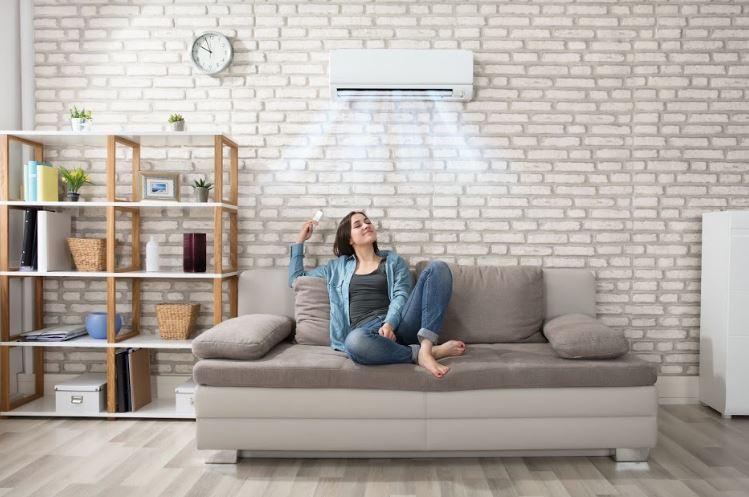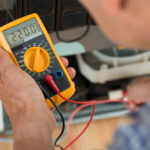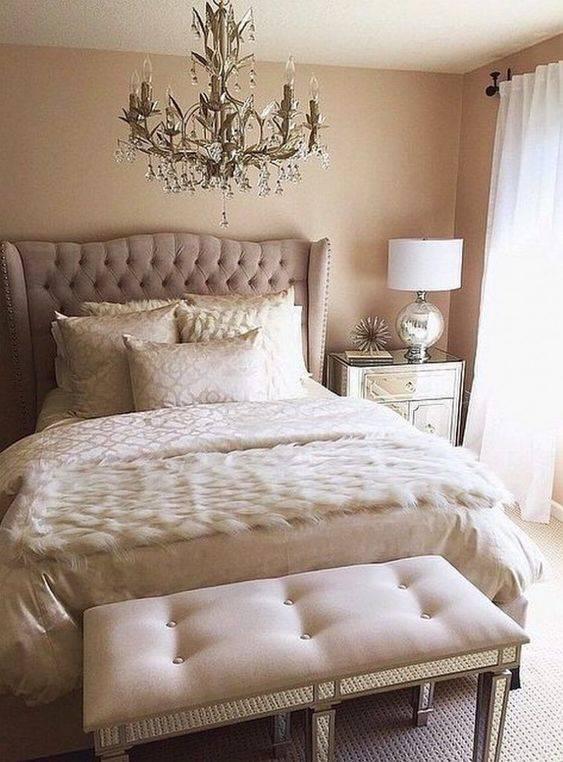PTAC or Packaged Terminal Air Conditioners are unitary heating and cooling systems that are cost and energy-efficient to ensure that room temperatures are ideal. They function both as a cooler during hot summer months and as a heater when the weather gets too chilly. PTACs are often used to provide air conditioning in residential buildings such as homes and apartments.
PTACs are also a favorite fixture in hotels and condos because they allow individual control over room temperatures. They’re ideal in small offices, hospitals, and nursing homes because they tend to be quieter and emits less carbon footprint. PTACs also boast of easy installation and maintenance making them a top choice for homeowners and operators of hospitality and healthcare establishments.
How A PTAC Works
PTAC units basically work by sucking in the fresh air then removing heat to release cool air through vents and fans. However, the most common and most efficient method PTACs use is to recirculate the air using a refrigerant. Some may also have a built-in humidifier to remove moisture from the air. During colder months, PTACs can serve as heaters by employing a reverse process to blow warm air into a room or office.
Main Differences Between Residential PTAC Units
PTAC through-the-wall units often come in standard sizes that make it convenient to replace a defective unit or upgrade to a newer version. There are, however, significant differences between units used by residential and commercial buildings in terms of capacity, voltage, and maintenance. The main distinction between home and business-use PTACs essentially boils down to technicalities.
1, Function
PTACs mainly function to bring ideal temperatures inside a room. It offers relief from the hot humid weather of summer and ensures that the people inside a home or building can be comfortable during the winter. In homes, PTACs are the main source of ambient air in houses, while in offices, they serve as a supplement in areas that are unreachable by central air conditioning systems.
2, Capacity
While ductless air conditioning units tend to be uniform in size, choosing one for your home or office requires determining the capacity of the unit. This is derived by obtaining the square footage of the area you wish to heat or cool. A square foot measurement then corresponds to the amount of British thermal units (BTU) specified by PTAC manufacturers. BTU is a measure of thermal heat energy and denotes the energy needed to heat one pound of water one-degree Fahrenheit. In layman’s terms, BTU measures the amount of heat removed from the air and determines the capacity a unit has for heating or cooling.
Residential areas typically have smaller square foot areas than commercial spaces which means that homes require smaller heating and cooling capacity. You can check out the quick guide by PTAC Inc. regarding BTU requirements for homes and apartments as well as for offices, healthcare institutions, and hotel rooms. The guide can help you determine the right PTAC for your house or business.
Experts advise homeowners to consider the presence of other energy sources in a room, such as an oven, sunlight, or a fireplace to determine the appropriate capacity of the PTAC unit. This is very crucial since insufficient BTU can’t cool the room and, if the BTU capacity is too large, it’ll make the room damp and prone to molds.
3, Voltage
Power configuration also distinguishes PTACs for home or business use. The electrical voltage used in homes falls in the range of 208/230 volts, while larger hotels require higher power from 265/277 volts. Thus, there are definite models of PTACs that are aligned to the voltage used in residential buildings, and others are specifically built to sustain the power in larger structures.
4, Maintenance
A PTAC can bring numerous benefits to any edifice but requires regular maintenance for it to work at optimum levels. Homeowners and apartment dwellers are mainly responsible for keeping the unit in tip-top shape by ensuring that filters are periodically checked and cleaned.
On the other hand, PTAC units installed in commercial establishments are in the care of the housekeeping department. In the case of hotels and care facilities, it’s recommended that the owner and operators clean the unit every month and weekly during summer. More frequent cleaning is necessary for business PTACs given the area and amount of cooling/heating it performs.
Final Words
Packaged Terminal Air Conditioners are versatile equipment with tremendous benefits to homes and businesses. It provides year-round comfort, appropriately keeping homes or offices warm or cool while still being energy-efficient and low-maintenance.









